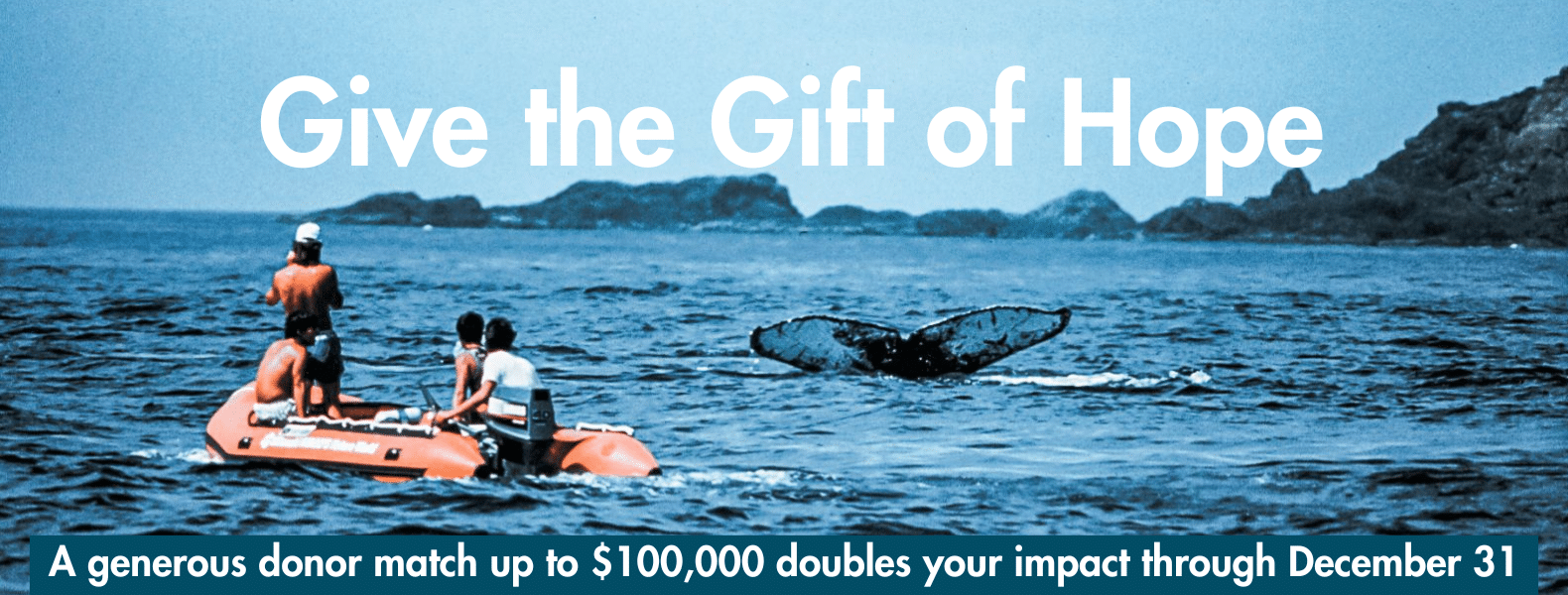



After the field research is done, the post-field-work processing begins back in the lab. For each individual, we take the best quality image with both lasers visible and use a program called ImageJ to measure the dorsal fin base width, height, surface area, and body length index. From these measurements, we will be able to estimate the age and size of individual animals. Repeated measurements of the same animals can then also be used to determine the health and age demographics of the populations we are studying.




So far, we have obtained photogrammetry images of 5 species of dolphin: bottlenose dolphins, spinner dolphins, spotted dolphins, pilot whales, and false killer whales. We have collected images of both sexes and varying age classes for all the species. Pacific Whale Foundation is at the forefront of using emergent technologies to conduct our work and evolve the field of marine mammal research. New technology in combination with traditional research methods allows us to collect more robust and meaningful data. This new tool will give us the ability to learn much more about the cetaceans we are studying in Maui Nui. We look forward to continuing this work and sharing our exciting results.

